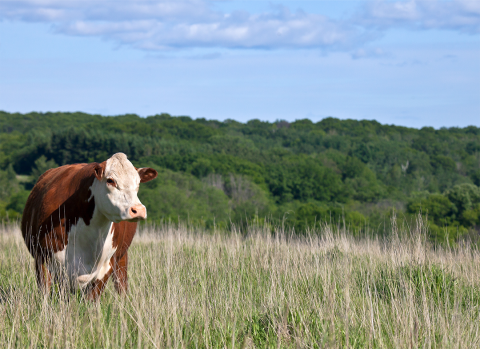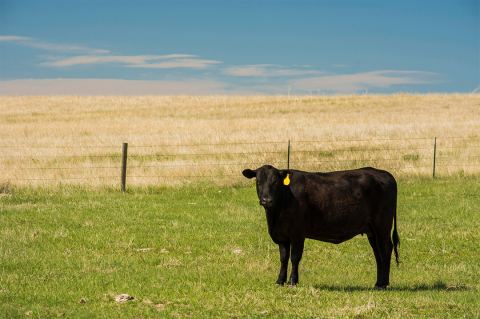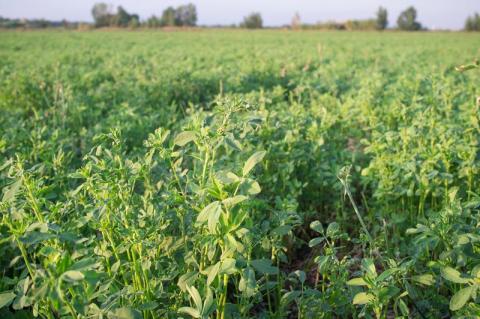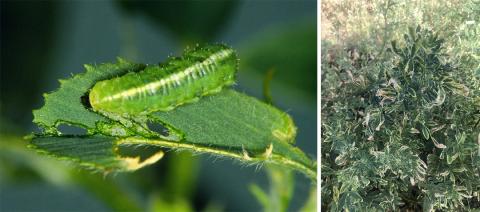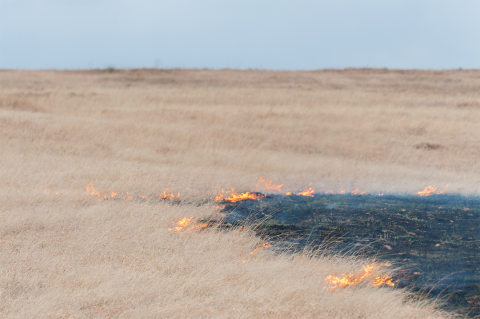Pasture and Forage Minute: Annual Forage Webinar Series, Improving Alfalfa Stands
April 17, 2024
Extension educators introduce a new webinar series for producers interested in adding an annual forage rotation to their operation, plus insights on grazing spring cereal grains and options for thin alfalfa stands.
Pasture Lease Provisions in 2024
April 11, 2024
This Center for Agricultural Profitability webinar reviews lease provisions that producers should have in pasture leases, as well as information about beef cow share agreements.
Pasture and Forage Minute: Drones for Livestock Management, Drought Recovery
April 9, 2024
This week, extension educators weigh in on the pros and cons of drone use for livestock producers, and considerations for drought-damaged pastures and controlling winter annual weeds in alfalfa.
Pasture and Forage Minute: Double Cropping Forages, Wheat Grazing vs. Grain Value
April 3, 2024
Insights on double cropping annual forages in irrigated cropland, avoiding grass tetany, and making the decision to use wheat as forage or grain this year.
Pasture and Forage Minute: Evaluating Alfalfa Stands, Fertilizing Cool-season Grass
March 26, 2024
Recommendations on getting an accurate assessment of alfalfa stands this spring and fertilizing cool-season grass pastures and hayfields for optimal forage yields.
Pasture and Forage Minute: Strategies to Increase Alfalfa Health, Productivity
March 19, 2024
Extension educators review options for interseeding grasses into alfalfa and assessing alfalfa stand health.
Pasture and Forage Minute: Alfalfa Weevil Scouting, Dealing with Stress
March 12, 2024
Recommendations on scouting for alfalfa weevil in the coming weeks, and resources for ag producers dealing with stress and other impacts to their health and wellbeing.
Pasture and Forage Minute: Grazing Management Following Wildfire, Spring Planted Alfalfa
March 7, 2024
Grazing management recommendations for producers affected by wildfire in central Nebraska in late February, and considerations for establishing new alfalfa stands this spring.
